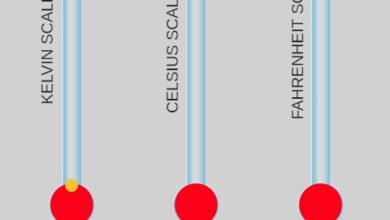What is Independent Cinema History and characteristics
Independent Cinema
When we talk about independent cinema , many times we do not agree on what exactly we are referring to. An auteur cinema or simply a low-budget one, far from the big Hollywood studios or one that tells us a more intimate story? If we pay attention to all these definitions, independent cinema is…
…a cinema far from the big studios and their production, distribution and exhibition channels, three phases that they controlled until the antitrust law prevented them from doing so at the end of the 50s.
…a more realistic and intimate cinema , which arises as a consequence of this distancing from the studios and the appearance of a new narrative current in New York that tried to show the characters in real situations of daily life.
…an auteur cinema , due to the fact that the studios stopped producing a certain type of cinema, which led many filmmakers to seek their own financing and set up small production companies in the 80s, although their aspirations were to work for the industry Hollywood movie.
…a low-budget cinema, which is currently the most widespread meaning for society in general.
In this sense, today’s independent cinema is usually one that, since it is not produced by the most important studios (the major ones in Hollywood), has limited financing , so generally the plot of these stories tends to take precedence over the special effects and action scenes. However, the production budget does not always influence the classification of a film as ‘indie’ and neither does its distribution, although this is usually limited. There are independent filmmakers who, despite being able to count on large budgets, make this type of film by having a more personal and artistic vision of cinema.



